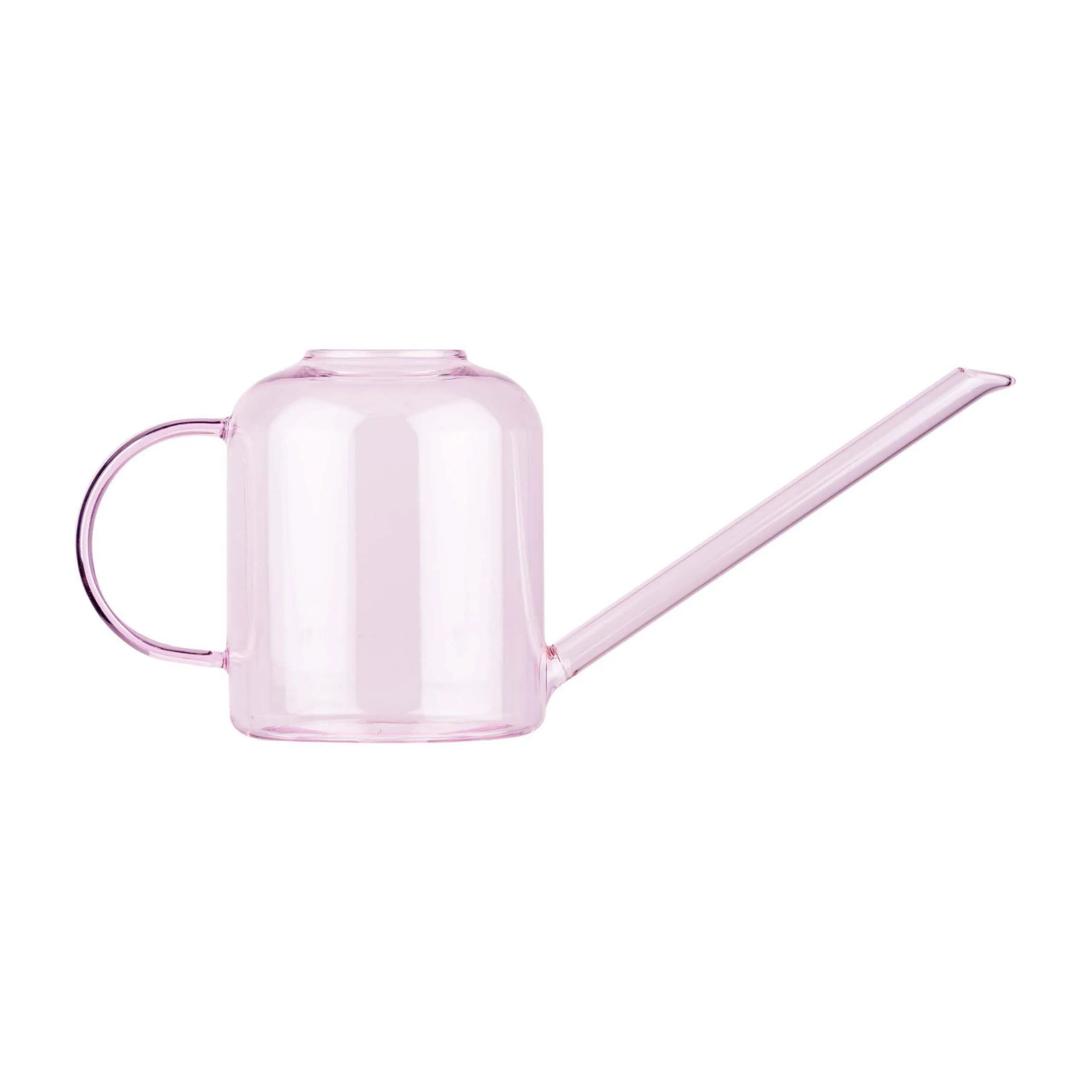6 Signs You're Underwatering Your Houseplants — Especially in the Heat of Summer
If you're unsure of when your plants are overdue for a drink of water, these tell-tale signs will help you out
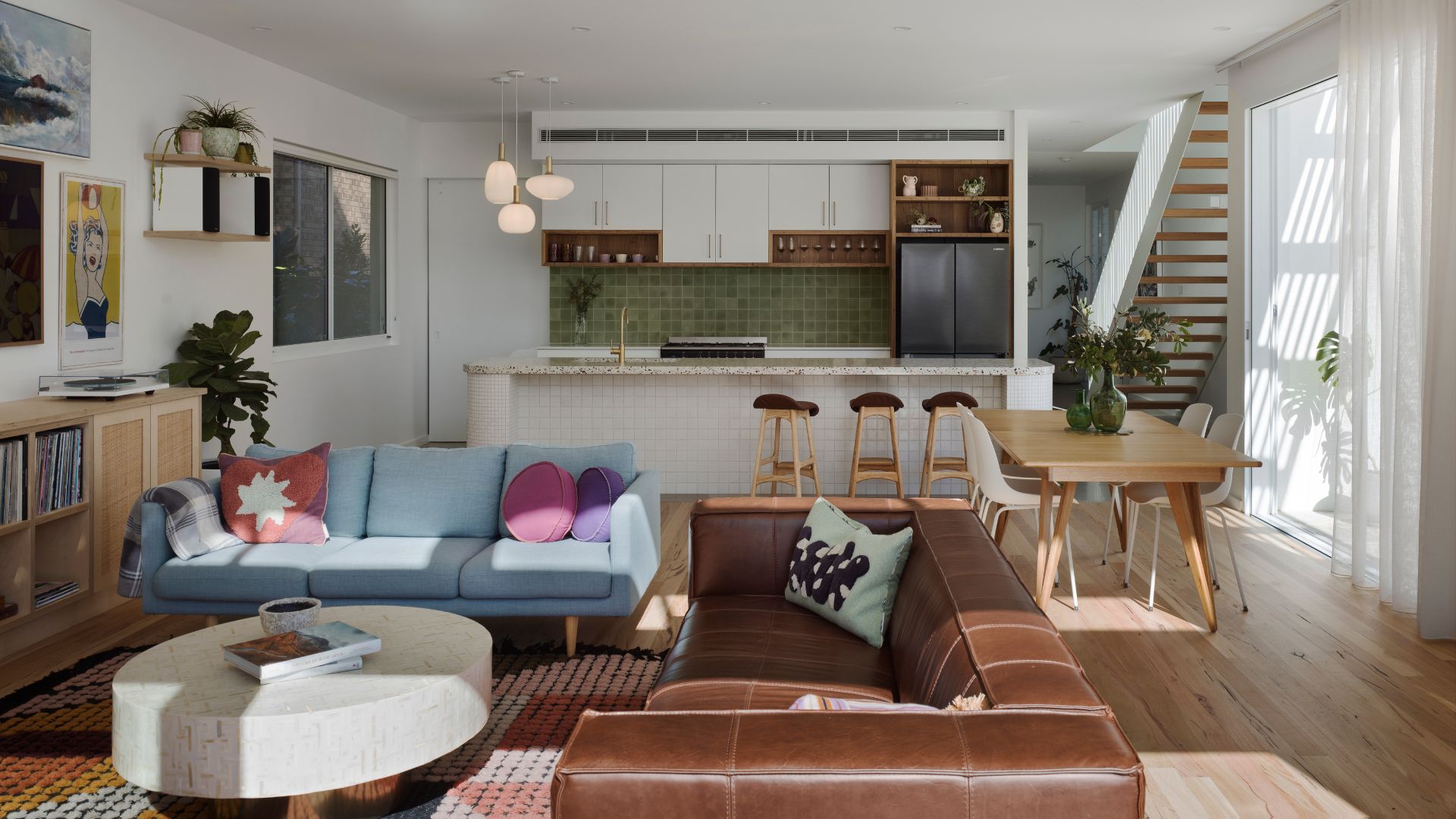

One of the most common mistakes you can make when fostering a houseplant is not feeding it the right amount of water. And it's an easy error to make, especially if you're a beginner gardener or you have a new variety on display.
Watering your houseplants might seem like an easy task, but the truth is that a little too much or far too little hydration could be the demise of your happy plant. So, when it comes down to properly caring for your indoor garden, how can you tell when you're underwatering your houseplants?
Well, here are six tell-tale signs your plants could do with an extra drink of water.
1. Wilting or Limp Leafage

A lifeless leaf, albeit on the stem, can be a warning sign.
Dr. James S. Mastaler, founder of Pistils & Pollen, tells me that one of the easiest ways to tell if you're underwatering your houseplants is to examine the leaves for wilting and the stems for limpness.
"Unlike overwatered plants, which may droop with soft, mushy stems, underwatered plants tend to look dry and wilted," he explains. "And often with stems that feel crisp or papery."
Similarly to how you should avoid overwatering houseplants, it's just as important to do your best to keep from underwatering your indoor garden, too.

Dr. James S. Mastaler is the Founder & CEO of Pistils & Pollen, a digital platform and online community that helps new plant parents grow with confidence. Known for his practical, ecology-inspired approach to houseplant care, James teaches thousands of followers how to care for tropicals, succulents, and ferns through hands-on tutorials, soil mix recipes, and personalized coaching. He’s based in Chicago, where he grows plants in a range of indoor environments and shares insights through his mobile app and online course, Houseplant Essentials.
2. Crisp or Browning Leaf Edges
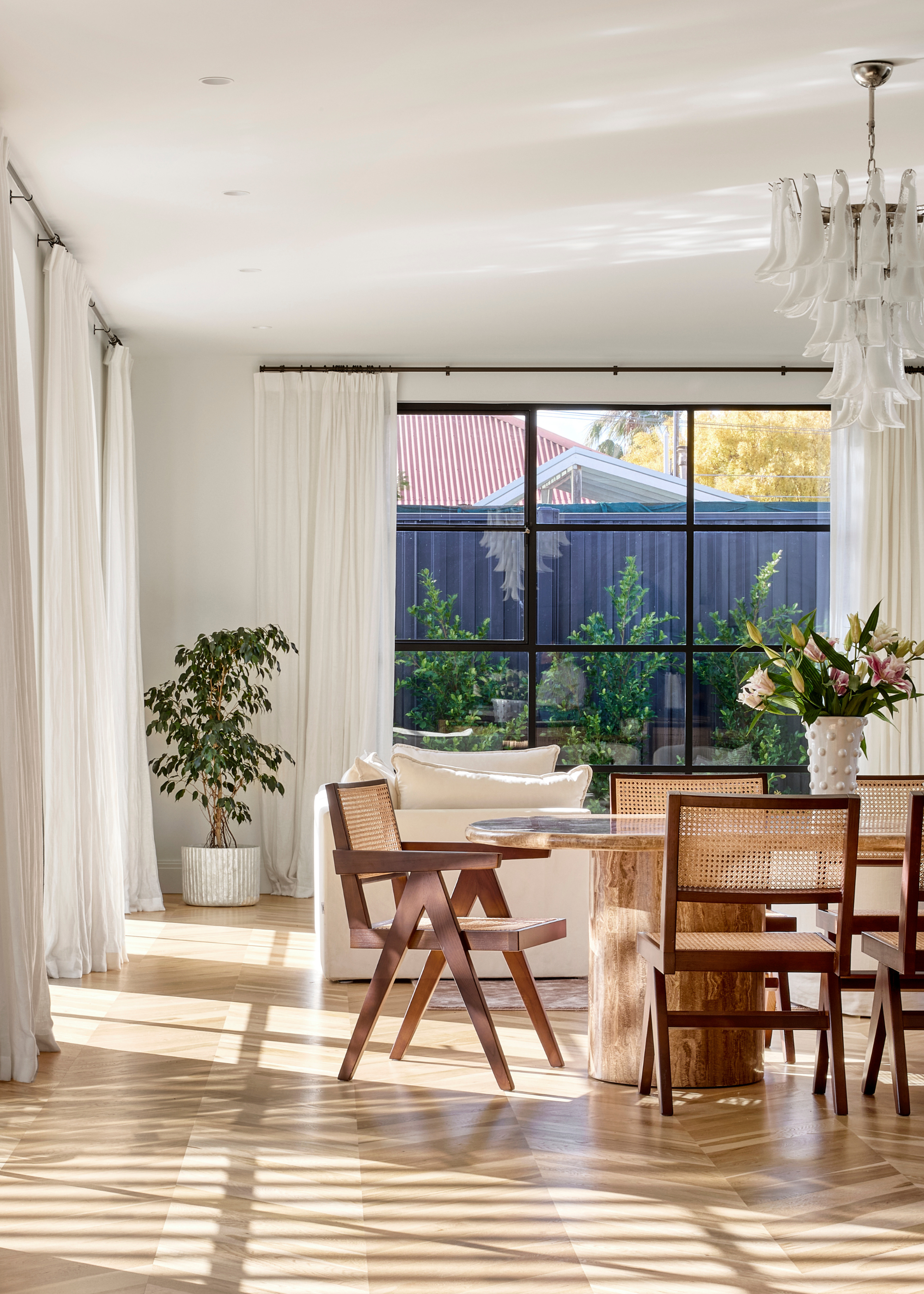
If you spot browning foliage, reach for the watering can.
Tammy Sons, Founder of TN Nursery, tells me that you'll know if you're underwatering your houseplants if you spot browning leaves and crisping foliage. "This is especially indicative of underwatering on plants that normally have soft leaves," she notes.
The Livingetc newsletters are your inside source for what’s shaping interiors now - and what’s next. Discover trend forecasts, smart style ideas, and curated shopping inspiration that brings design to life. Subscribe today and stay ahead of the curve.
James also recommends keeping an eye out for fragile brown leaves. "This is unfortunately common in plants like calatheas or ferns," he explains. "Where the edges turn dry and brittle due to a lack of moisture reaching the leaf tips."
If you're ever falling behind on your houseplant care schedule, this physical manifestation of underwatering is definitely one sign to look out for.

Tammy Sons is a seasoned plant expert and the CEO of TN Nursery, a family-owned business in Altamont, Tennessee, with roots dating back to 1959. Over the years, Tammy has expanded TN Nursery from a modest operation into a thriving enterprise, now encompassing nearly 400 acres of availability from other growers and her own farm and employing numerous local residents.
3. Potting Mix Pulling Away
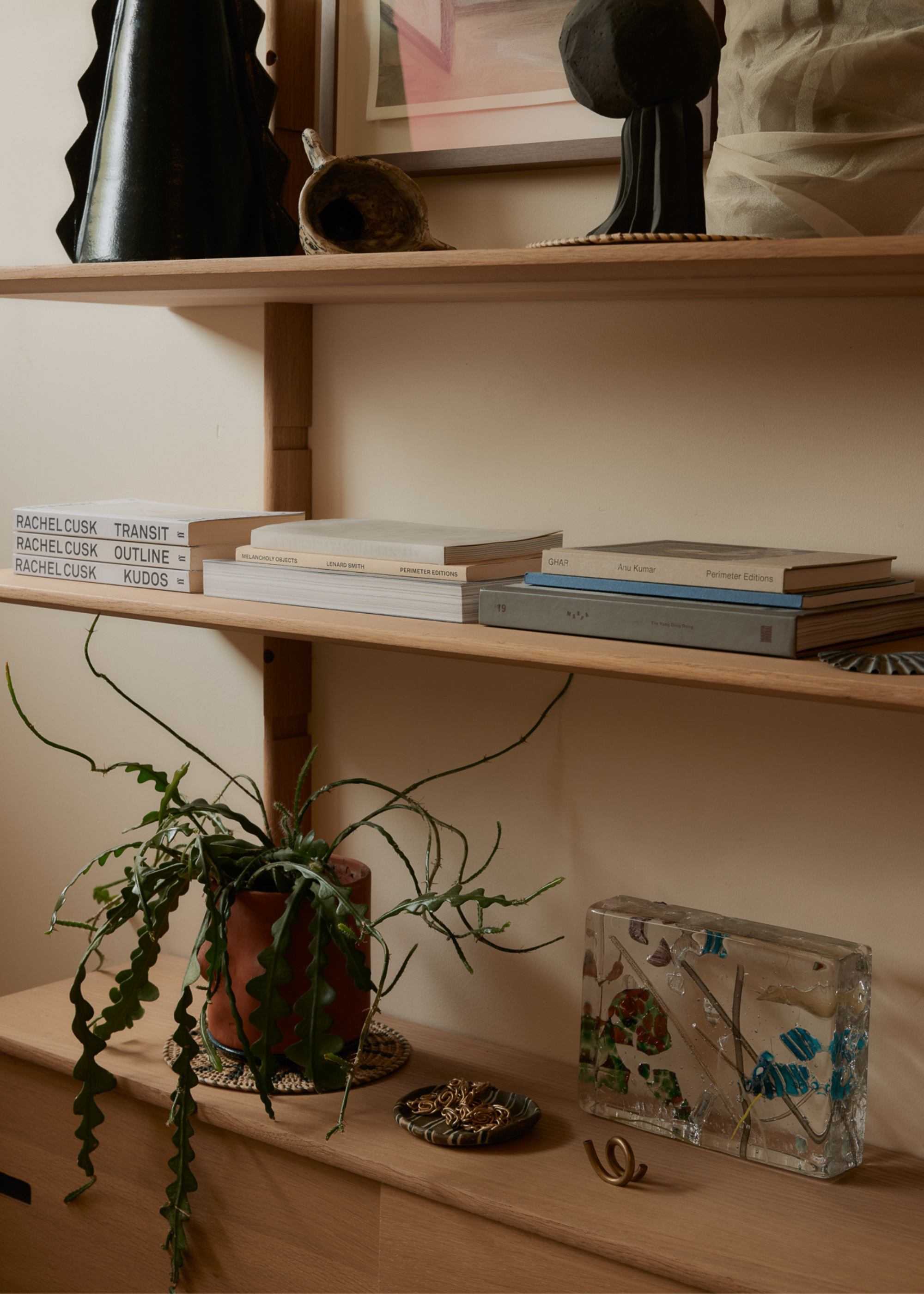
Keep an eye on your potting mix to make sure it's not pulling away.
Have you ever looked at your houseplants and noticed the soil pulling away from the edges, almost shrinking in towards the center? Well, James tells me that this is another sign you're underwatering your houseplants.
"When the soil dries out too much, it contracts and forms gaps around the inside of the pot," he explains. "And this eventually makes it even harder for water to reach the roots."
So, aside from your plants that don't need soil, consider this a clear indicator that your houseplant needs a wash of water to rehydrate and thrive.
4. Slowed or Stunted Growth
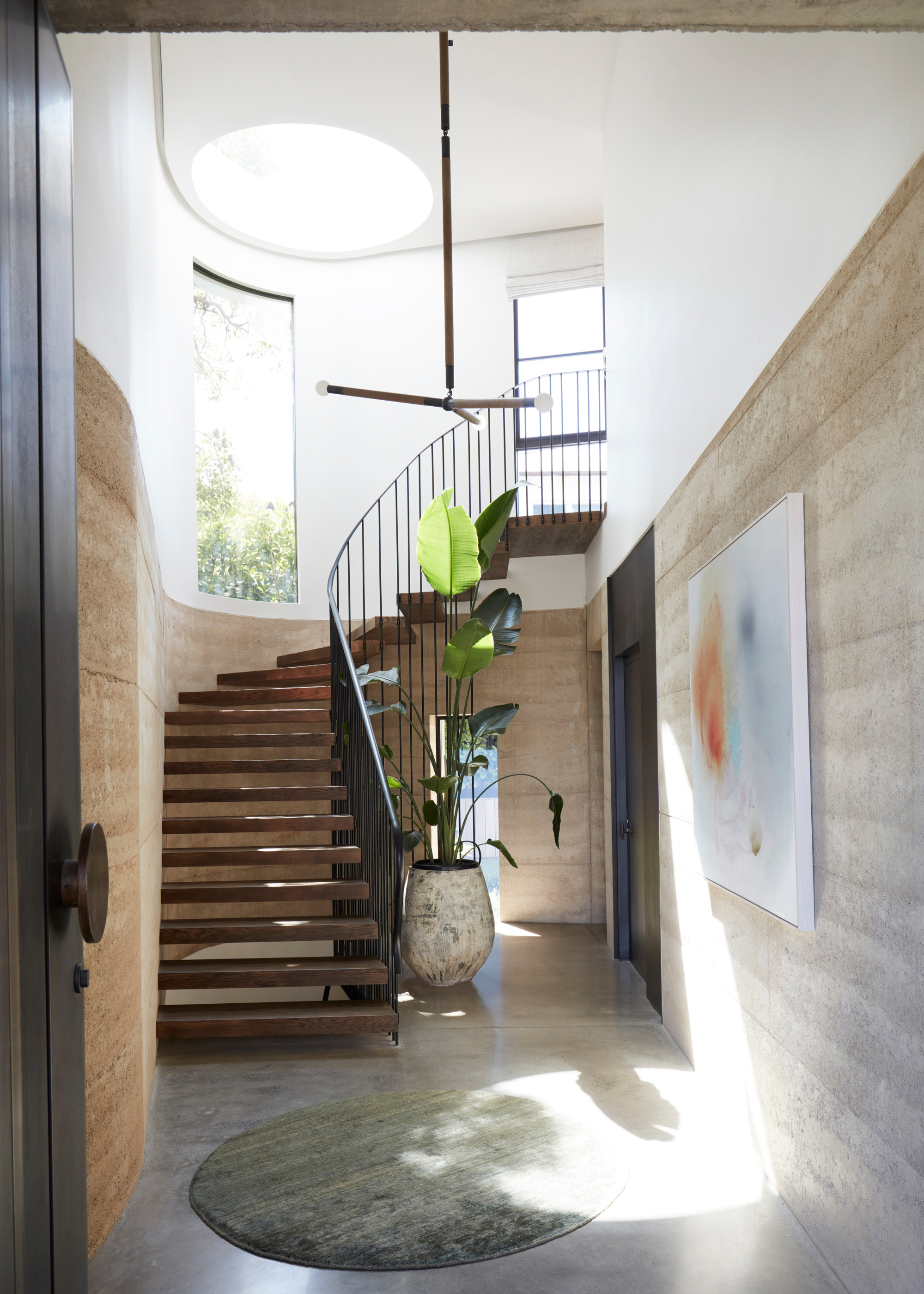
Unless your plant is a slow-grower, stunted growth is an indicator of underwatering.
According to James, slow and stunted growth is another sign your plants aren't getting half as much water as they need. Although it's not the only possible reason your plant isn't growing steadily, it is a common culprit.
"Many houseplants will pause growth when they’re not getting enough water," he comments. "So, if your plant seems 'stuck' during the growing season, it could be a hydration issue."
However, if your indoor garden is populated by naturally slow-growing houseplants, it's probably best to rely on one of the other signs of underwatering instead.
5. Brittle Leaves Dropping Off

Dropped leaves is another sign your houseplant is desperate for a drink.
Especially in the warmer months of the year, you might find a couple of leaves fallen by the base of your planter or littering the soil, too. Although this isn't always cause for worry, if you've been off your watering game, it might be an alert for a parched plant.
"While some leaf drop is normal, especially for older growth, consistent shedding of dry, crispy leaves is often a sign the plant is being chronically underwatered," says James.
Regardless of whether it's your poinsettia dropping leaves or your fiddle leaf fig, it might be a sign to rethink your watering schedule.
6. Dusty, Dull Foliage
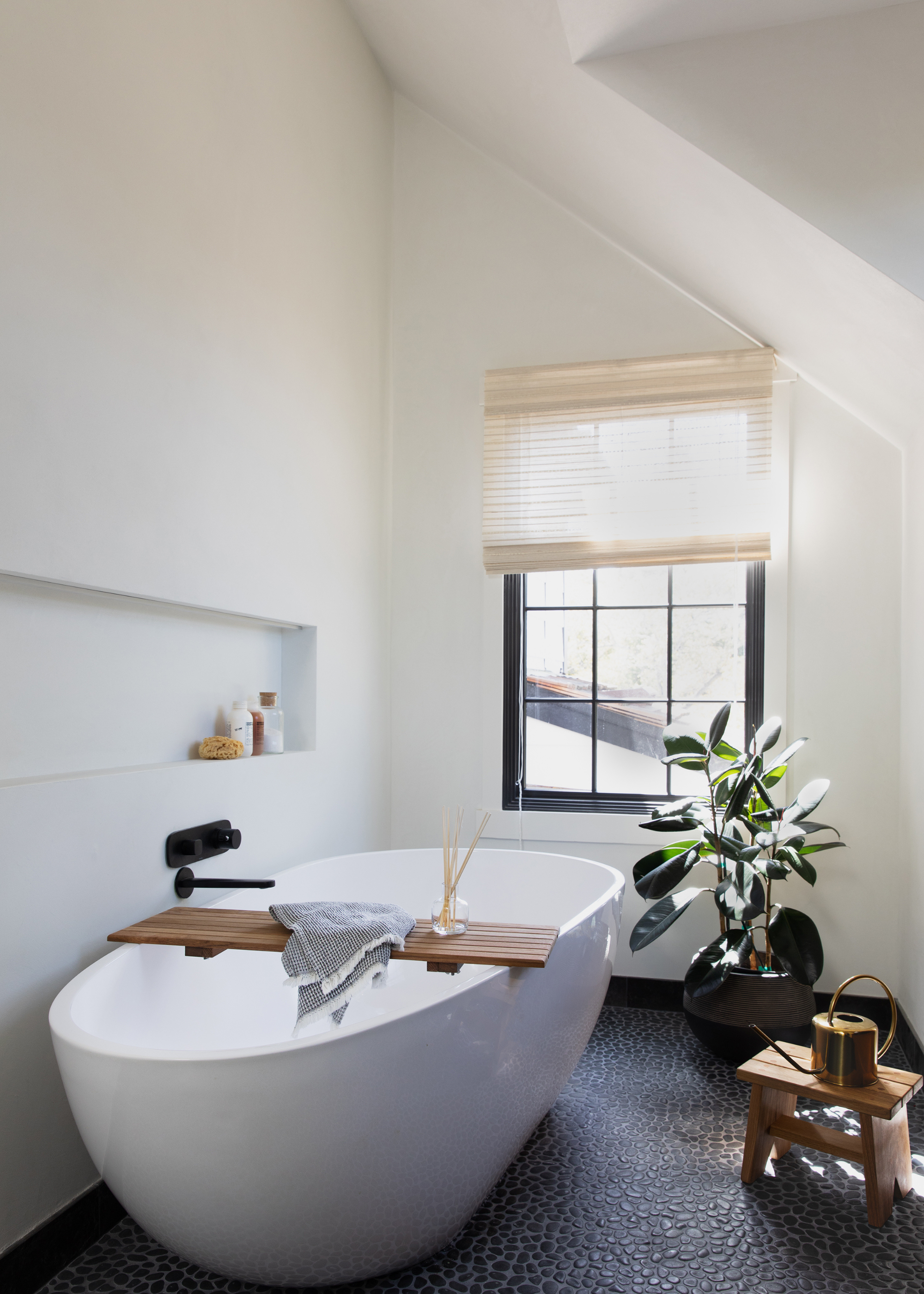
Dull leafage is not a good look, so treat your plants with a healthy watering when spotted.
Lastly, if you spy dusty leaves or dull foliage on the beautiful houseplants in your interior garden, this could be another visible consequence of recent underwatering.
"Subtly underwatered plants often lose that healthy sheen and may appear lifeless or tired," says James. "And I find that this signifies a lack of hydration even if they’re not yet wilting."
And once you're done quenching your container garden, why not clean your plant leaves off for that glossy green finish we all know and love?
Stylish Watering Tools
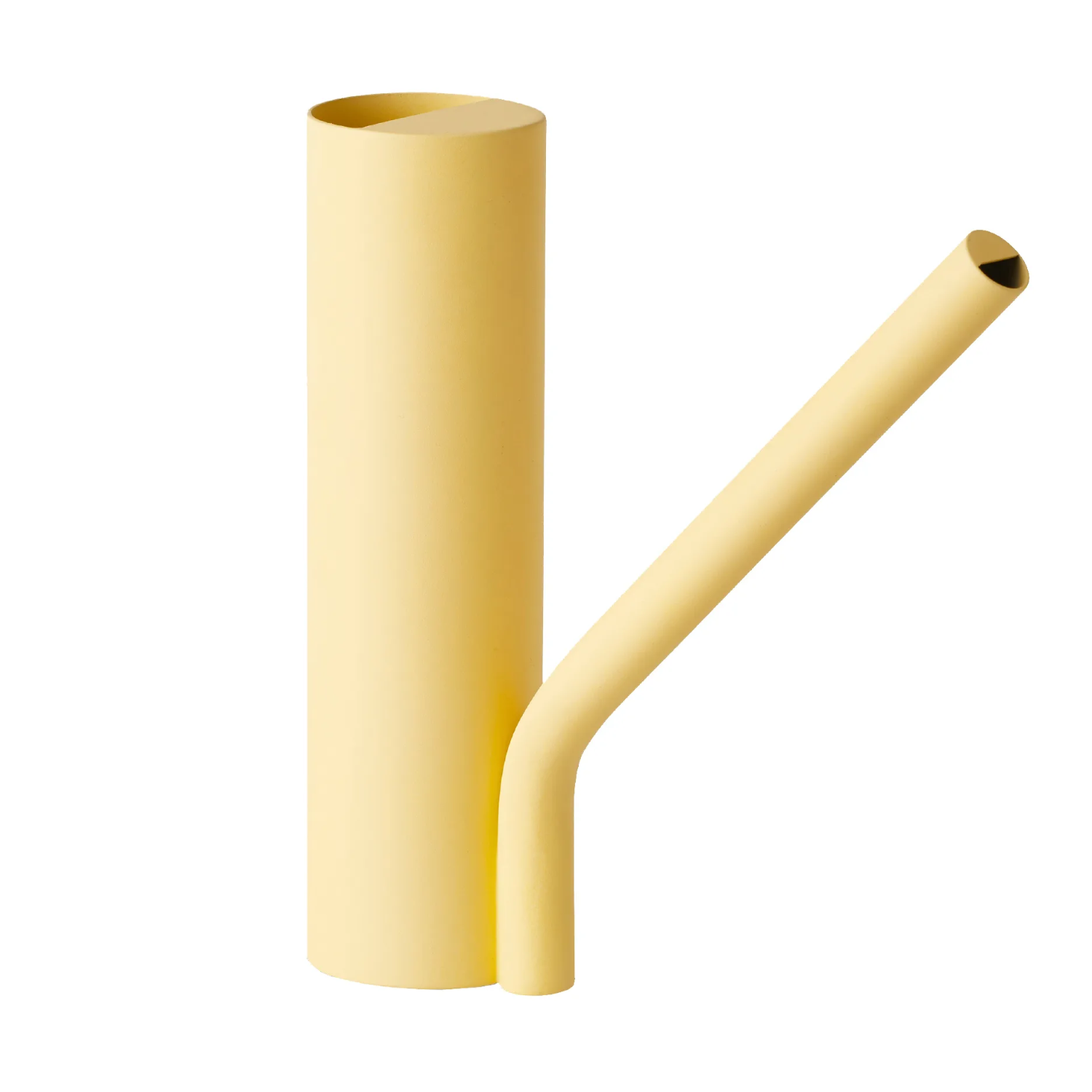
Color: Yellow
I find that a pretty watering can is motivation to keep up with watering schedules, and this gorgeous butter yellow Grab Watering Can does just that.
FAQs
Is Overwatering Worse Than Underwatering?
In my experience, overwatering is the more unforgiving sin, because it's a lot easier for a plant to bounce back from thirst than from root rot. An underwatered plant will almost always perk right back up with a drink. It just takes observation. Pay attention, and your plants will tell you what they need. I pay attention to my soil moisture and know that plants are better communicators than we give them credit for.
Lastly, if you're finding it difficult to keep up with your plant care routines, it might be time to swap your high-maintenance houseplants for low-maintenance plants that require less effort, while offering just as much beauty.

Amiya is a Home Wellness Writer at Livingetc. She recently graduated with a Masters Degree in Magazine Journalism from City, University of London, and has lent her words to beauty, fashion, and health sections of lifestyle publications including Harper’s Bazaar and Women’s Health. Her experience as a research analyst has equipped her with an eye for emerging trends. When she’s off the clock, she can be found reading, listening to music, or overanalyzing her latest Co-Star update.

